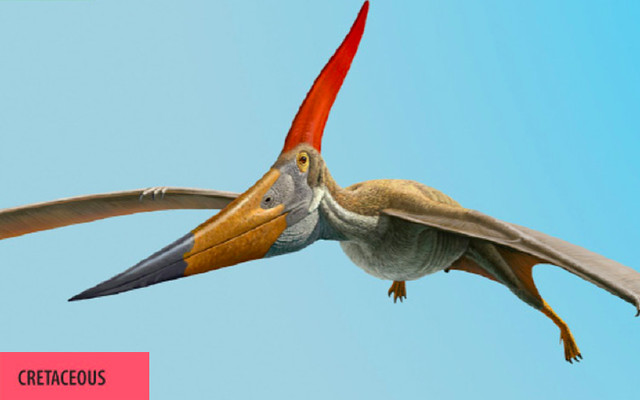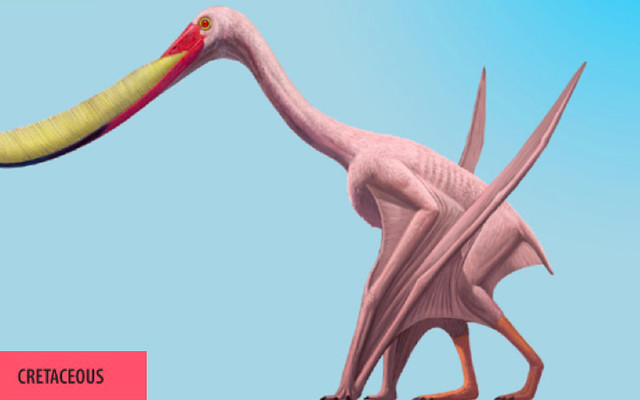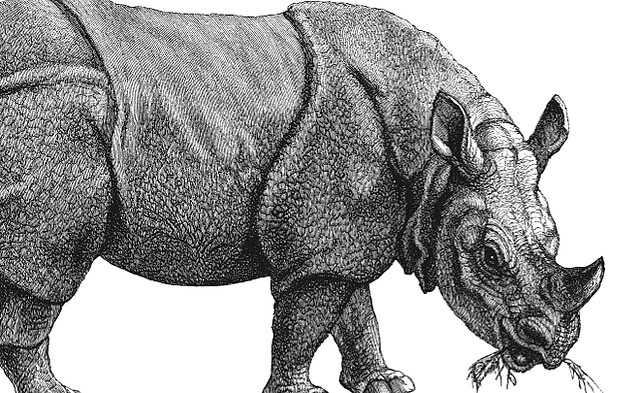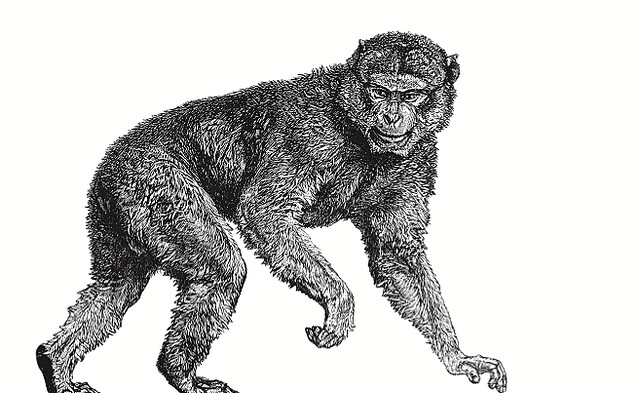Chordata

Pteranodon longiceps
Pteranodon longiceps


EXTINCT | 5 POINTS
Play: FLIGHT of 2.
Pteranodon is one of the most famous pterosaurs, having appeared in movies such as King Kong. Its name means “wing without tooth” and its fossils have been found in Western Kansas. Scientists think it may have dived for fish.

Tupuxuara leonardii
Tupuxuara leonardii


EXTINCT | 5 POINTS
Play: FLIGHT of 2.
Tupuxuara means “long crested” and has been found along ancient South American coasts. Scientists are not sure if they ate fruit or fish.

Jeholopterus ningchengensis
Jeholopterus ningchengensis


EXTINCT | 4 POINTS
Play: FLIGHT of 1.
Jeholopterus was named after a city near where it was found in Northeastern China. It lived in the forest, hunted insects, and is the only known species in its genus.

Pterodaustro guinazui
Pterodaustro guinazui


EXTINCT | 4 POINTS
Play: FLIGHT of 1
This pterosaur’s name comes from the Greek word “pteron” (wing) and the Latin word “auster” (south wind). It may have used its thousands of bristle-like teeth to strain crustaceans, plankton, and other small aquatic animals.

Javan Rhinoceros
Rhinoceros sondaicus


4 POINTS
Play: Rhinoceros sondaicus has a MOVE of 2.
Fact: Rhinoceros sondaicus is critically endangered, with only one known population in the wild, and no individuals in captivity.

Barbary Macaque
Macaca sylvanus


4 POINTS
Play: Macaca sylvanus has a MOVE of 2.
Fact: Besides humans, Macaca sylvanus is the only free-living primate in Europe.